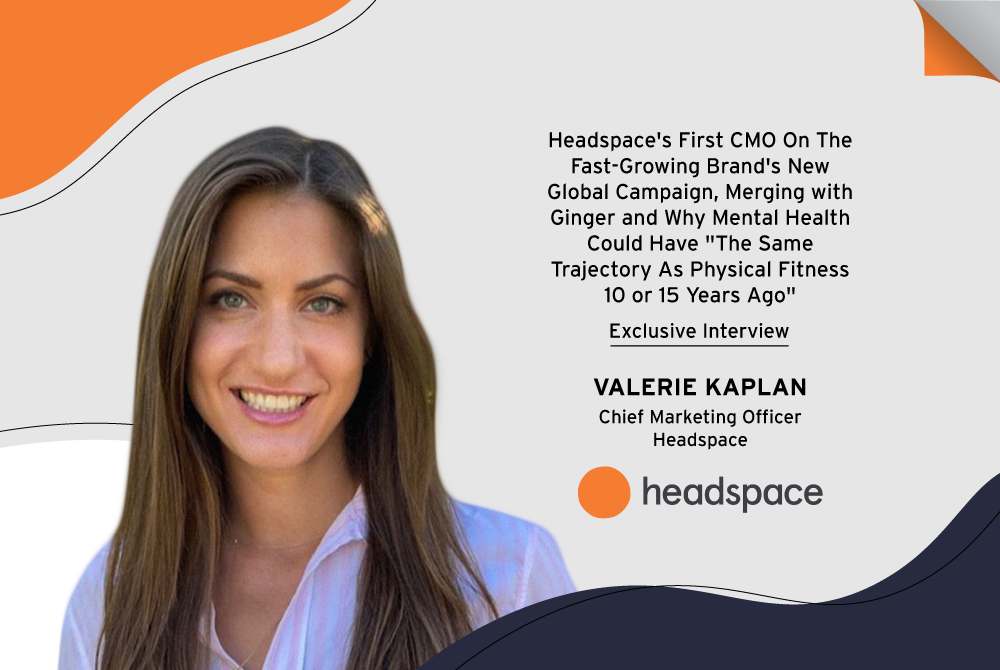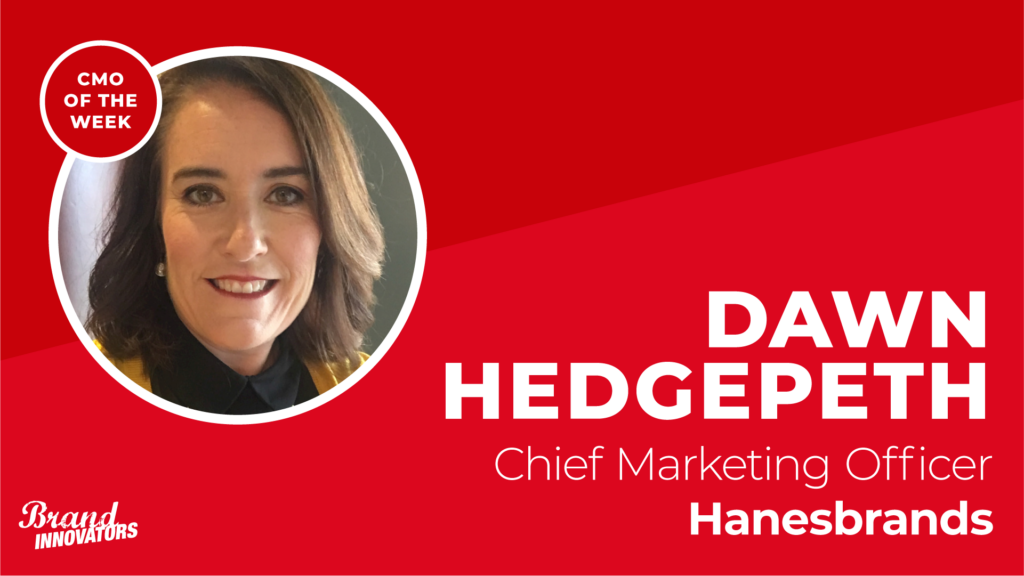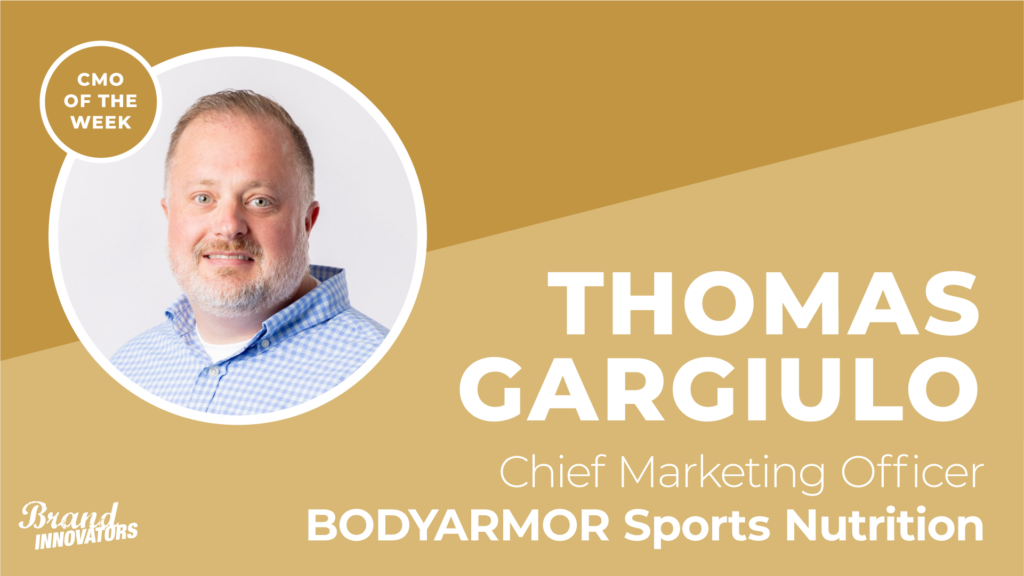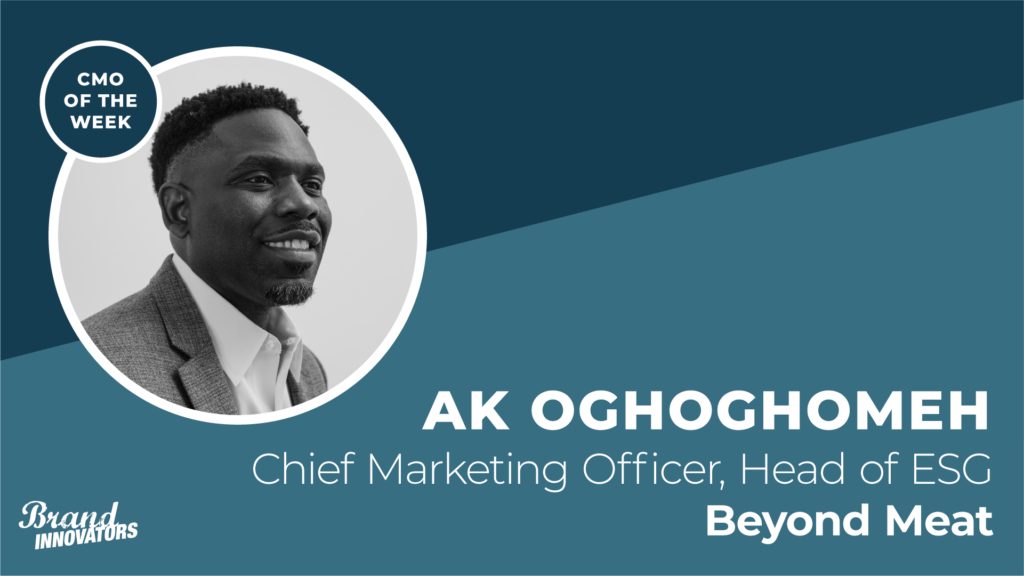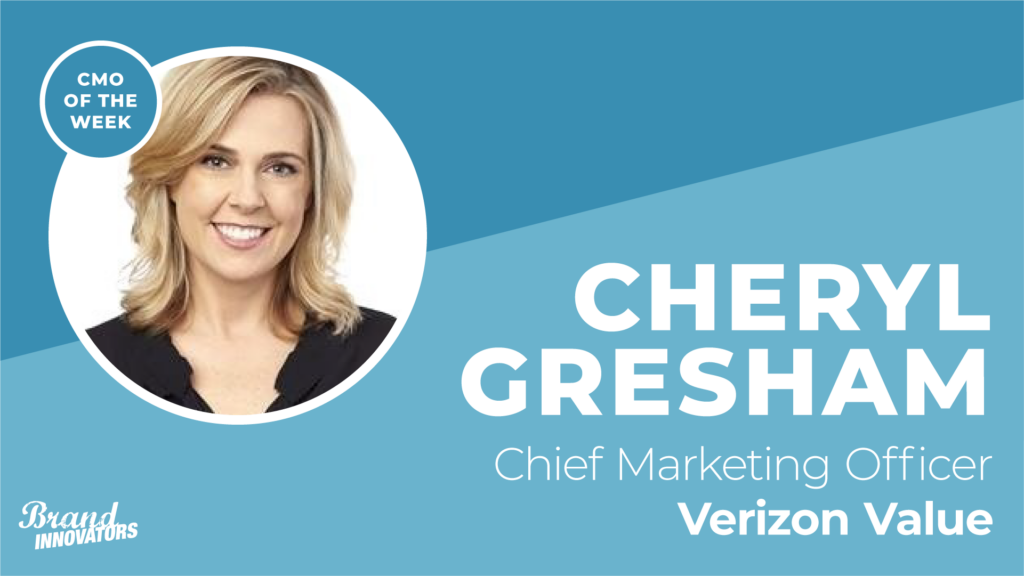In her previous role as VP-Growth Marketing at Hulu, Valerie Kaplan oversaw several years of transformative subscription increases at the streaming video service, including a 27% year-over-year spike during the height of COVID-19 lockdowns in spring 2020.
Now at Headspace, where she became the mental health and wellness company’s first-ever chief marketing officer in March, Kaplan is ready to help take an equally fast-growing media brand to new heights. At the top of the agenda is Kaplan’s first global campaign since taking the marketing reins, “Find Some Headspace,” which launches today (September 6) with :15 and “30 TV spots, out-of-home, paid social and lifecycle marketing.
And as the mental health and mindfulness category becomes increasingly competitive with the parallel success of competitors like Calm, Talkspace, BetterHelp and many others, “Find Some Headspace” arrives just in time to help Headspace articulate its market positioning and unique brand experience in a crowded sector. Watch the :30 spot from Headspace’s in-house creative team (led by Chief Creative Officer Caroline Pay) below.
The campaign showcases how key Headspace features like guided meditation and other mindfulness services can help take the edge off an exceptionally stressful year. Throughout the video spots, Headspace users from a variety of backgrounds are seen facing their everyday stressors head-on with the help of the app, accompanied by a mix of live-action and animated footage to bring Headspace’s playful brand imagery to new life. As several of the spot’s voiceovers intone at one point: “It only takes a few minutes to start feeling better.”
“Find Some Headspace,” Kaplan adds, “is really focused around driving awareness of the brand and understanding of what we do, our competitive differentiation and all the member benefits that we deliver to users. It’s an evolution of the brand that keeps the core elements that are so beloved in our following and sparks the emotional response that you want them to, but it also humanzies and modernizes and brings in real people to help us take this conversation to a broader audience.”
The new creative also comes on the heels of Headspace’s recently announced merger with on-demand mental healthcare service Ginger, joining forces for a combined entity estimated to encompass 100 million users in over 180 countries and more than 2,700 enterprise and health plan partners.
“We’re super excited about the merger,” Kaplan says just days after its announcement. “Moving deeper into mental health has been a part of our strategic priorities for some time now. That’s primarily driven by the need that we’ve seen and heard from our members and from our employer clients, who have been asking for this support specifically. And so by partnering with Ginger, it’s almost the first offering of its kind where you have that support along the entire full mental health continuum, and I think we’re going to be uniquely suited to be the partner and support for people throughout their entire mental health and wellness journeys in a way that’s so much more accessible and affordable than all of the current solutions.”
The merger won’t have any near-term impact on either company’s pricing or user experience, Kaplan adds, “but we’ll definitely over time figure out the right way to integrate the product experiences and the packaging and offerings as it makes sense, to make sure we’re creating the right experience.”
Brand Innovators caught up with Kaplan from her home office in Southern California to learn more about what drew her to new role (and its parallels to Hulu), why she’s proud to be the second person with a “CMO” title at Headspace (following the 2020 appointment of “Chief Music Officer” John Legend) and why the mental health category is poised for category growth on par with the physical fitness boom of the late 2000s and early 2010s. The conversation has been edited for length and clarity.
Brand Innovators: You joined Headspace earlier this year from Hulu, where you led growth marketing. What appealed to you working with Headspace, and how might you translate your focus on growth marketing from Hulu to your new role?
Valerie Kaplan: There were two main draws. The first was around the stage of growth the company was in when I joined. There’s something really incredible when a brand has a proven product and has a following but feels like it’s really on the brink of breaking through to the mainstream. And I think Headspace was and is very much that. Mental health and wellness in general is having a moment, thanks in part to COVID, where as a society we’re not only destigmatizing but really embracing and celebrating mental health and wellness. It’s almost having the same type of trajectory that physical fitness had 10 or 15 years ago. And I think Headspace is really uniquely poised to become one of, if not the, imminent brands that you think of when you think of mental health and wellness. It felt like such an exciting opportunity to come in and figure out how to shepherd this to the next level of scale and reach and just take what’s already an incredible brand and help grow its impact.
And the number two draw for me was personal alignment, as I’m a personal fan of the product. When I worked at Hulu, I used to always say I felt like I was helping to change the world through content and storytelling and changing the world by changing minds. And here at Headspace, that opportunity to change the world is even more direct. We are literally improving the health and happiness of the world and of people. I’ve personally experienced it myself through becoming a Headspace user, and it’s just a great reason to get out of bed in the morning and a real privilege to be working on a booming brand and a booming business that has such an incredible mission and purpose behind it.
You worked at Hulu for four years, during which time you helped double the streaming service’s paid subscriptions from 17 million at the end of 2017 to 39.4 million upon your departure in first-quarter 2021. What parallels do you see at Headspace and the opportunity for similar growth?
There’s a lot of parallels. At the end of the day, they both have booming digital DTC subscription businesses, and that definitely applies to a lot of my subscriber growth expertise. And that entails thinking about the entire life cycle, from awareness to acquisition to engagement and retention, and being able to combine that with the more strategic growth levers with and the operational excellence of a marketing machine. I feel very fortunate coming from my experience at Hulu, where I was a part of leading that evolution, so now I have the opportunity to apply a lot of those lessons learned to our business model here.
Headspace saw tremendous growth in user activity during the first few months of the pandemic as users focused on prioritizing their mental health, including a 20% increase in app downloads during the first five months post-pandemic. How have you seen that activity sustain or build this past year, and what are some key elements or programming driving that growth?
We’re still seeing incredible growth since last year. I like to call COVID “the great accelerator,” where a lot of the trends in the market were just sped up because of it. That certainly happened to our business in terms of acquisition, engagement and usage, and we’re seeing that really continue. We have both a consumer distribution side of our business, and a b-to-b side of our business where employers will buy Headspace to provide to their employees and both sides are continuing to see incredible year-over-year growth. Even after last year, we’re growing at record-breaking paces on both sides of the house.
What use cases are most popular on Headspace (i.e. sleep training, meditation, exercise, etc.), and which ones are emerging?
The bread and butter of what we do is meditation and mindfulness and will continue to be that. Sleep is another big category for us, and we have a segment of customers who very much use both. And then we have some customers who are predominantly coming to us for one need vs the other. I think that’s what’s so special about being able to serve that full continuum. There are a lot of different ways to support and solve for overall mental wellness and so being the first place that you can stop to try to find the resources you need.
Headspace introduced its first content series for Netflix at the top of the year. What type of engagement have you seen from that series so far, and have you seen it bring new users to the app?
Netflix has been awesome for us. When we had initially started building out this team to focus on creating content for off-platform, Netflix was on the three-year goal list. We did it in less than one, so it was a huge get for our team. It just drove a ton of awareness both for our brand and the practice of meditation and mindfulness in general. So we saw an immediate influx of traffic and acquisition in the wake of all three of those series. And to this day, we still see customers coming in who had their interest piqued by the Netflix experience. It’s just such a gateway for us to meet consumers where they are with the story of what we do and how we can help their lives.
How is Headspace giving back by giving free product or financial donations to communities in need of mental health resources?
Our social impact is very core to who we are. A lot of companies treat CSR [corporate social responsibility] as a box to check, and for our mission and purpose it’s very ingrained in our DNA. We still are free for a number of frontline workers, and we have a number of initiatives in the works for exploring how to continue to make Headspace available for free to those underserved communities where it’s most in need. We see the mental health pandemic as one of the greatest crises of our time, and we’re in a position where we can do something about it. So those initiatives will continue.
How has Headspace’s music strategy evolved since naming John Legend as Chief Music Officer last summer?
I like to call our Focus music section the best kept secret of Headspace. There’s hours of really incredible content, a lot of which is original and exclusive, which is pretty incredible. We sort of treated that as a real experiment to understand whether this content could be valuable and additive to our member base. And we found that it absolutely is, so we’ll be continuing on that front, and just continuing to use data and feedback to understand how this integrates into the Headspace experience. And with John Legend, I like to say he might have been the first “CMO” at Headspace, but it’s pretty good company to be in.
What are some brand pillars you’ve identified for Headspace, and how have they helped distinguish the brand in an increasingly crowded marketplace?
One of the things that is so special about us is the topic of health and wellness and making it approachable. People come to us in real moments of need. Whether it’s a moment of crisis or stress or anxiety, they’re looking for help and some way to cope. And as a brand, talking to people in that moment is a fine line to walk of being empathetic and making sure they know that we see you, and we get you and we feel your struggles and your pain. But we want to start with empathy and quickly follow with hope, that doesn’t mean only sunny skies and trying to paint over the challenge of what I consider the human condition. We’ve done a great job as we evolve and continue to sharpen that balance of acknowledging the human struggle and inspiring the optimism and the hope and the confidence that with the right tools and the right support, we can all thrive together. I think that’s one of the things our brand does uniquely in the space.
What new or emerging consumer behavior that you saw develop from the past year do you think will be here to stay?
Better habits. I think we all experienced this during COVID when you’re trapped at home with not much else to do. You have the time and the motivation to commit and to rebuild habits that are actually good for you. We’ve absolutely seen that at Headspace. Once someone reaches their 10th meditation you really start to feel the benefits of it. And thanks in part to COVID, we’ve seen a lot more people get to that threshold. It’s not just an attempt at a quick fix, but it’s people developing these lifelong healthy habits which is so exciting and incredibly helpful to see.
Andrew Hampp is an entertainment marketing consultant for Brand Innovators and the founder of consultancy 1803 LLC, based in Berkeley, California.
